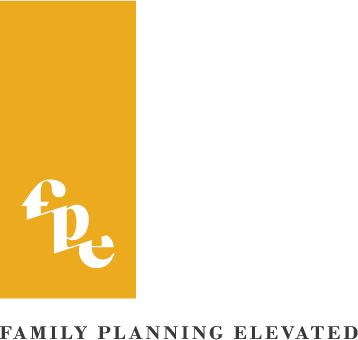
For Providers
Clinical Resources & Materials
Family Planning Elevated aims to improve contraceptive access and care across Utah. The evidence-based resources on this page, such as clinical practice guidelines, have been curated to help providers deliver person-centered, comprehensive contraceptive care to patients.
FPE believes that all individuals deserve access to the contraceptive methods they want without economic, geographic, or clinical barriers. FPE provides training on person-centered contraceptive counseling for providers and clinic staff so that patients feel supported in selecting a method of contraception that aligns with their unique preferences.
ACOG Endorsed Clinical Guidance Documents
U.S Medical Eligibility Criteria for Contraceptive Use, 2024
U.S. Selected Practice Recommendations for Contraceptive Use, 2024
Envision Sexual & Reproductive Health
Beyond the Pill Educational Materials
Contraceptive Counseling Resources
Downloadable Counseling Resources
-

Contraceptive Methods Counseling Sheet
-

Contraceptive Methods Counseling Flashcards
-

Contraceptive Methods Counseling Presentation
-

Emergency Contraception Informational Flashcards
Project Echo Series
What pain management options exist for IUD placement? How can I help my patient select the right birth control pill? Can the hormonal IUD really be used as emergency contraception? You’ve got questions, and the Division of Family Planning at the University of Utah has answers! Join us on Zoom the second Wednesday of each month to connect with local experts in family planning, discuss clinical cases, and share best practices for providing comprehensive person-centered family planning care to patients.
Contraceptive Education Series
-
Episode 1: Barrier Contraceptive Options: An Update on Patient Controlled Options
-
Episode 2: Adolescents & Contraception: Helping Teens Find Their Method
-
Episode 3: An Update on Emergency Contraception for the Pandemic and Beyond
-
Episode 4: An Overview of Knowledge-Based Contraceptive Methods
-
Episode 5: Fertility Apps: Concerns & Opportunities
-
Episode 6: QuickStart-Now is Better
-
Episode 7: Reproductive Coercion: Preventable, Pervasive, Readily Prioritized
-
Episode 8: Prepping for PrEP: Improving Access, Counseling, and Support for your Clients
-
Episode 9: Reproductive Health and Contraceptive Care Among Clients Experiencing Homelessness
-
Episode 10: Meet Them Where They Are: Family Planning and Opioid Use Disorder
-
Episode 11: Utah’s Premarital Exam: A Political and Cultural Perspective
-
Episode 12: A Primary Care Approach to Infertility
-
Episode 13: Vasectomy: The Other, Better Method of Permanent Contraception
Training Resources
A number of educational resources are available online for providers to hone their skills in contraceptive and reproductive health care provision. In addition to training materials from the annual FPE Contraceptive Education and Training Conference, check out these resources from various partner organizations.
IUD & Implant Insertion & Removal Videos
Intrauterine devices (IUDs) and contraceptive implants are long-acting reversible contraception (LARC). LARC methods require insertion and removal by a trained physician or advanced practice clinician. Providers can access instructional videos below on placement and removal of the contraceptive implant and each the five FDA-approved IUD devices currently available.
FPE offers LARC training. Please contact us for more information at: hello@fpeutah.org.
IUD & Implant Coding
Correct coding can result in more appropriate compensation for contraceptive services and devices, while improvements to method forecasting and stocking can help facilitate same-day services for patients. Check out the following resources from the American College of Obstetricians and Gynecologists (ACOG) LARC Program, the National Family Planning and Reproductive Health Association (NFPRHA), the University of California, San Francisco (UCSF) and additional contributors.
Patient Assistance Programs
Patient Assistance Programs are available through pharmaceutical and medical supply manufacturers to help patients in need afford necessary medications and supplies. Through these programs, prescription medications or devices may be made available at no cost or at a minimal fee for individuals who are uninsured or underinsured.
CDC Clinical & Programmatic Guidance
The Centers for Disease Control and Prevention developed the following resources to assist health care providers in offering quality family planning services to their patients. The U.S. Medical Eligibility Criteria for Contraceptive Use (U.S. MEC) provides up-to-date recommendations on the safe use of contraceptive methods for patients with existing medical conditions. The U.S Selected Practice Recommendations for Contraceptive Use (U.S. SPR) is a companion document to further assist providers in managing contraceptive use safely and effectively.
Providing Quality Family Planning Services (QFP) provides evidence-based recommendations for delivering family planning services within a broader context of preventive services—including basic infertility services, STI services, and preconception health services—to help individuals achieve their reproductive intentions.



